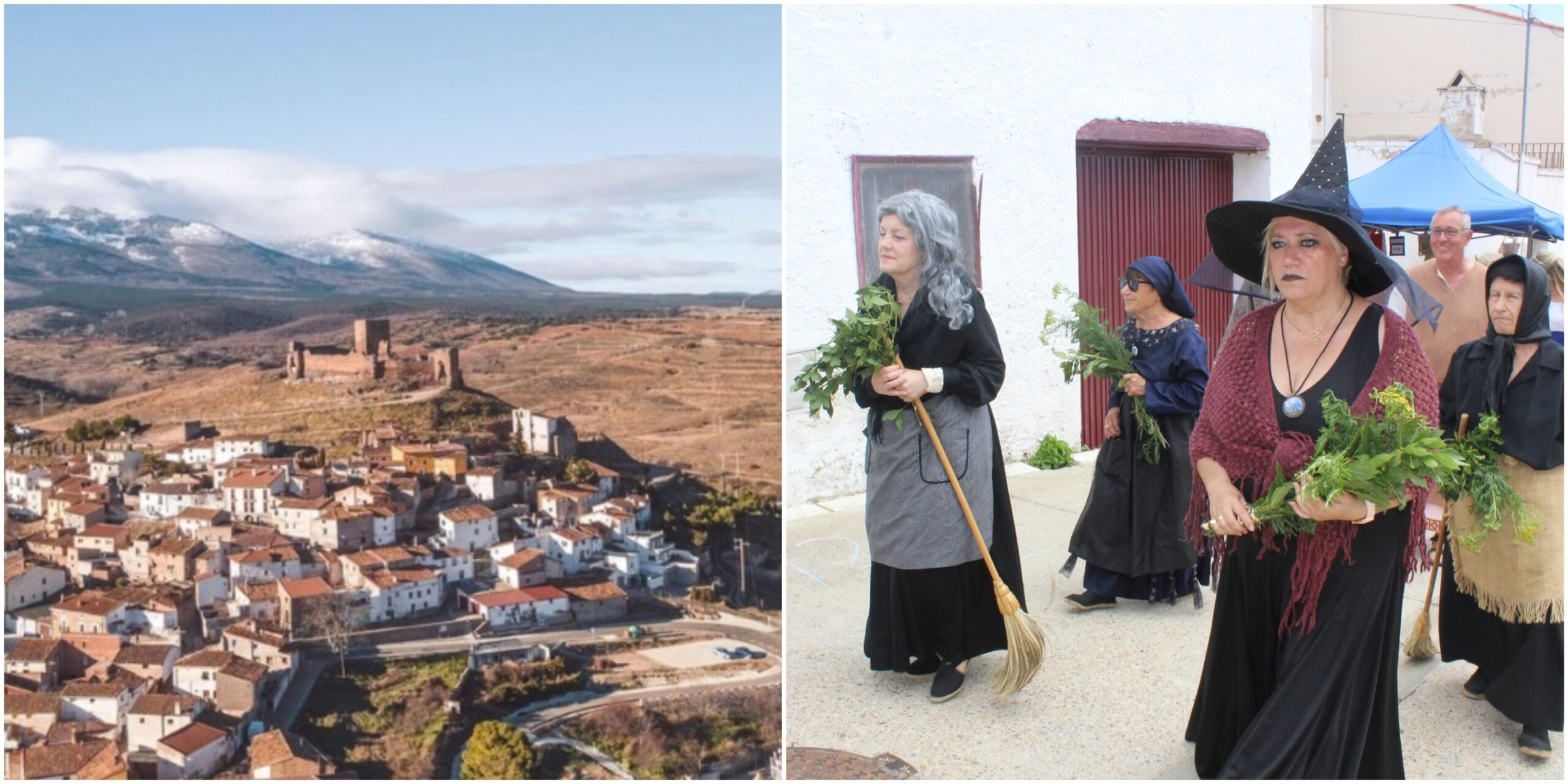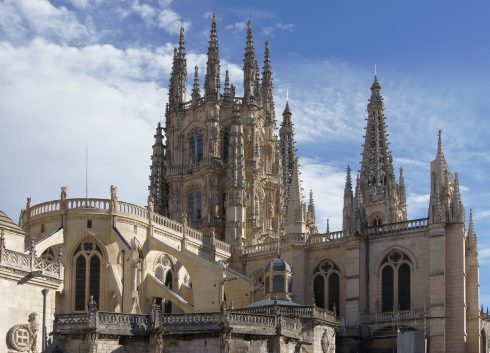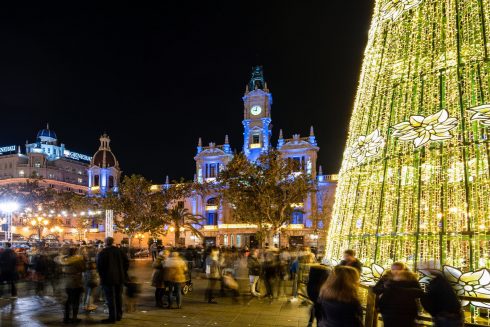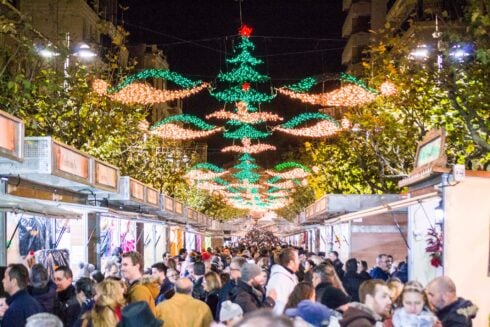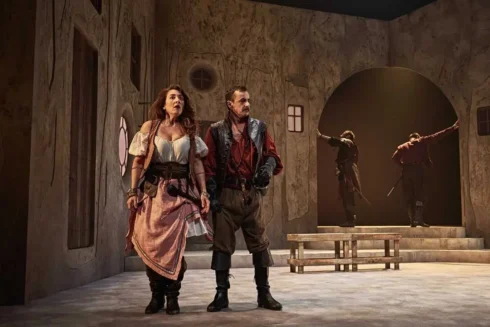A TINY witch village in northern Spain has been cursed with a spell so strong that only the Pope can lift it.
Trasmoz, a hamlet of just 62 people in the foothills of Aragon’s Moncayo mountain, has been entirely excommunicated thanks to a bizarre history of witchcraft, superstition, fear and power.
READ MORE: This tourist city in Andalucia is the most difficult to walk around, British study finds
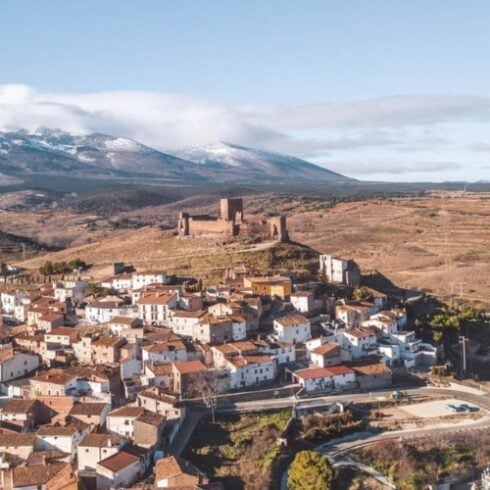
Photo: Ayuntamiento de Trasmoz
The tale begins in the ruin of Trasmoz castle, where during the 13th century the inhabitants forged fake coins.
To cover their tracks, they claimed there were witches forging cauldrons and chains to leave the locals spellbound.
Miraculously, it worked and Trasmoz is associated with witchcraft to this day.

Photo: Ayuntamiento de Trasmoz
At this time, Trasmoz was a powerful, thriving community, with many iron and silver mines as well as wood and water reserves.
Despite its riches, it did not have to pay taxes to the nearby monastery of Veruela as it was a lay territory.

Photo: Wikipedia
The church was not happy about this, so when rumors began to swirl of their possible dark dealings, the archbishop of Tarazona, the largest town nearby, requested the excommunication of the entire village.
Now, no one could go to confession or take holy sacraments at Catholic churches.
Luckily, the residents weren’t really that fussed as they were a wealthy community mostly made up of Arabs, Jews and Christians.
Despite various disputes, Trasmoz citizens refused to repent, even when the monastery cut off their water.
The ten Lord of Trasmoz, Pedro Manuel Ximenez de Urrea, decided to take up arms against the men of the cloth but just before the first blows, King Ferdinand II decided the town’s response was justified.
The Church never forgot this betrayal and sought the permission of Pope Julius II to curse the village in 1511.
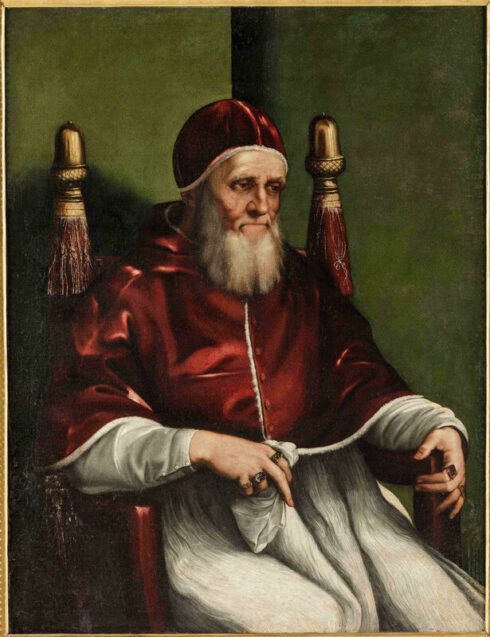
They claimed Pedro Manuel and the citizens of Trasmoz were enchanted by witchcraft and the Pope gave them the green light.
Sealing the village’s fate, they chanted psalm 108 of the Book of Psalms, known as the Church’s most powerful tool to pronounce a curse.
As the curse was sanctioned by the Pope, it can only be lifted by a Pope and so far, none have done so.
Adding fuel to the fire, Trasmoz castle burnt to a crisp in 1520 and is still in ruins.
READ MORE: Going vegan in Bilbao: Here’s how to enjoy pinchos like a pro in Spain’s gastronomic capital

Photo: Ayuntamiento de Trasmoz
When the Jews were expelled from Spain in the 15th century, Trasmoz began its gradual decline and 10,000 inhabitants turned into 62, just 31 of which live there permanently.
Today, the village has little signs of life, with just one bar and many houses in disrepair.
The empty streets have no schools or shops, but the castle’s tower is now home to a small witchcraft museum with a collection of black magic items, including cauldrons, brooms and black crucifixes.
Across the courtyard, there is a wrought iron sculpture of La Tia Casca, the ‘last witch’ killed in Trasmoz.

Photo: Ayuntamiento de Trasmoz
She was murdered in 1860 after an unexplainable deadly epidemic broke out and locals turned on the ‘strange’ and ‘secretive’ woman.
They reportedly grabbed her and threw her into a deep well, but the witchcraft tradition did not die with her.
The first Saturday of June every year, the residents celebrate the Feria de Brujeria y Plantas Medicinales (Witchcraft and Medicinal Plants Fair).

Local witches harvest plants from the nearby Moncayo mountains to make their lotions and potions.
Meanwhile, actors recreate historic witch trials and one lucky woman is named the ‘Witch of the Year.’

Photo: Ayuntamiento de Trasmoz
To qualify, you need a knowledge of herbal medicine, passion for local history and tourism.
In the modern age, to be a witch is a ‘badge of honour’, could you be next?
READ MORE: ‘I spent three incredible days in Bilbao – here are my top sight-seeing tips’
Click here to read more Spain News from The Olive Press.

